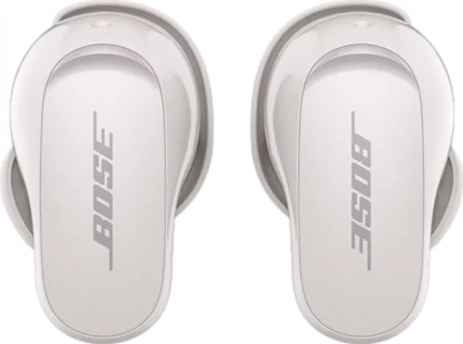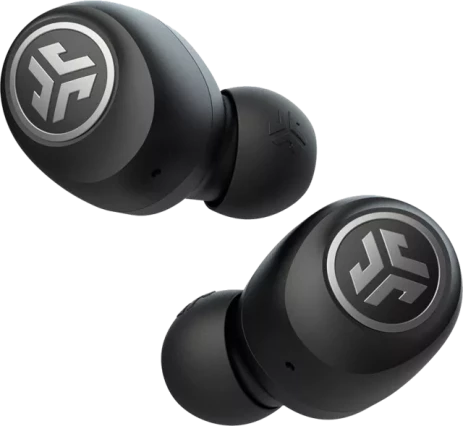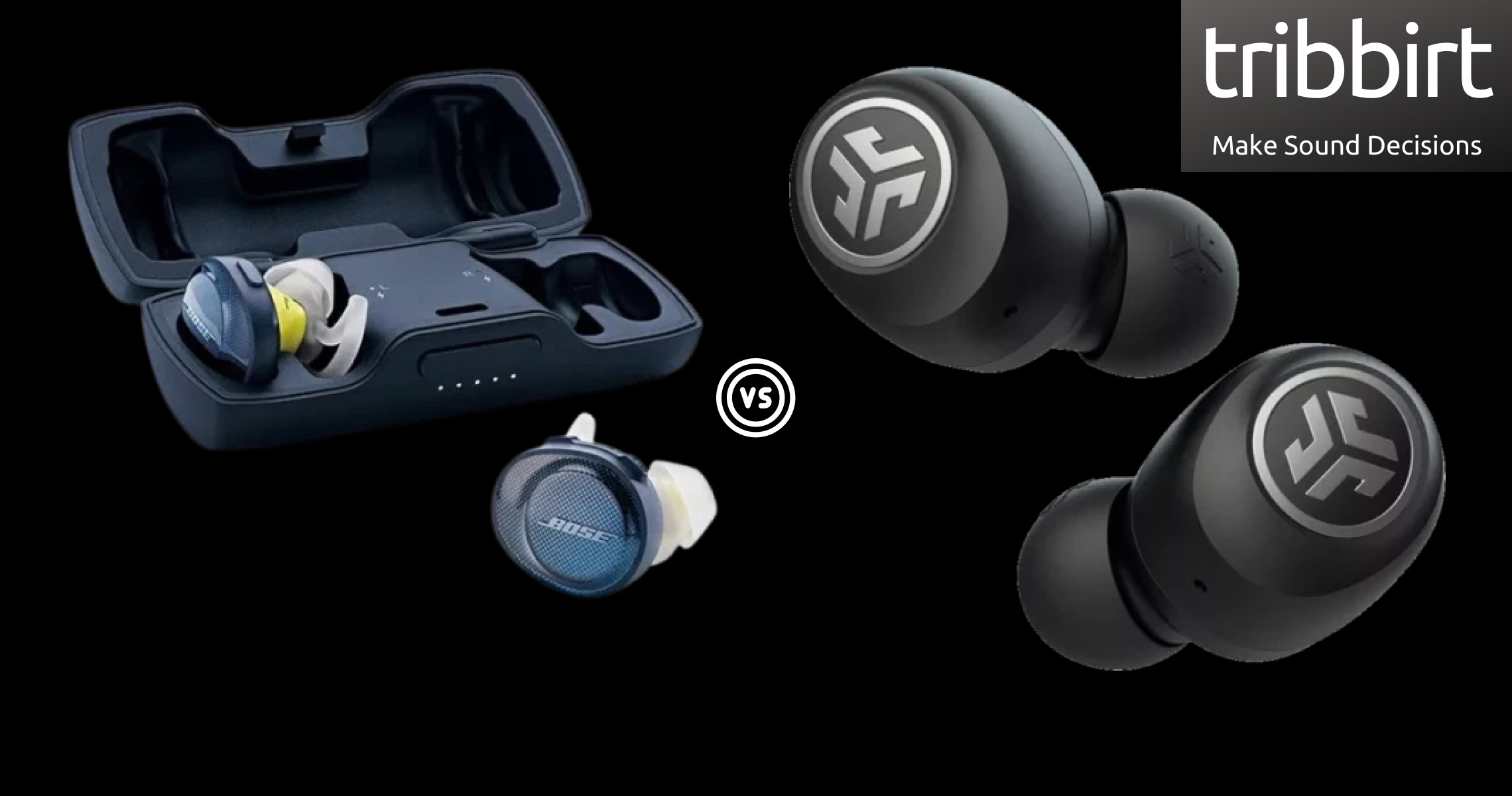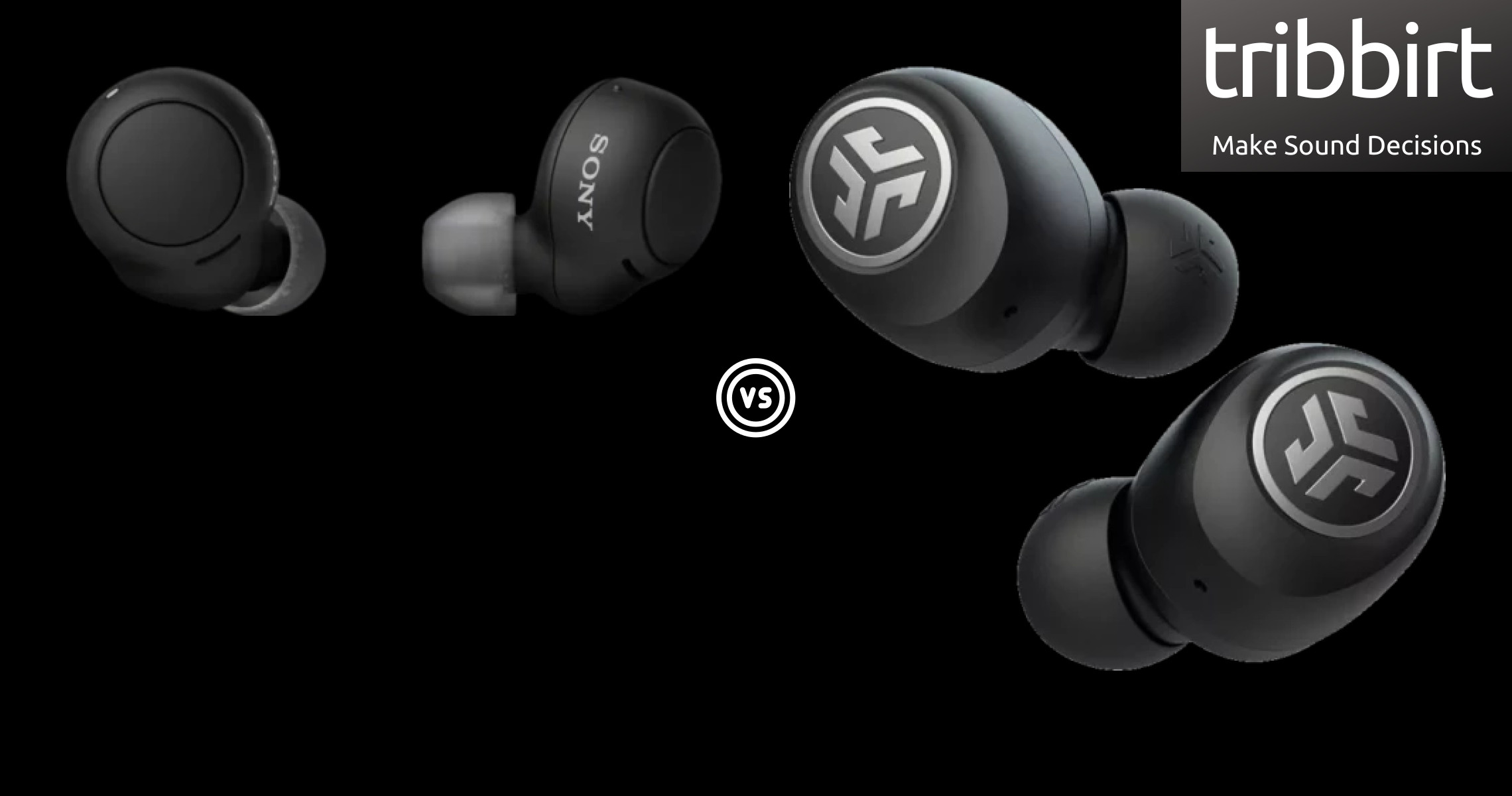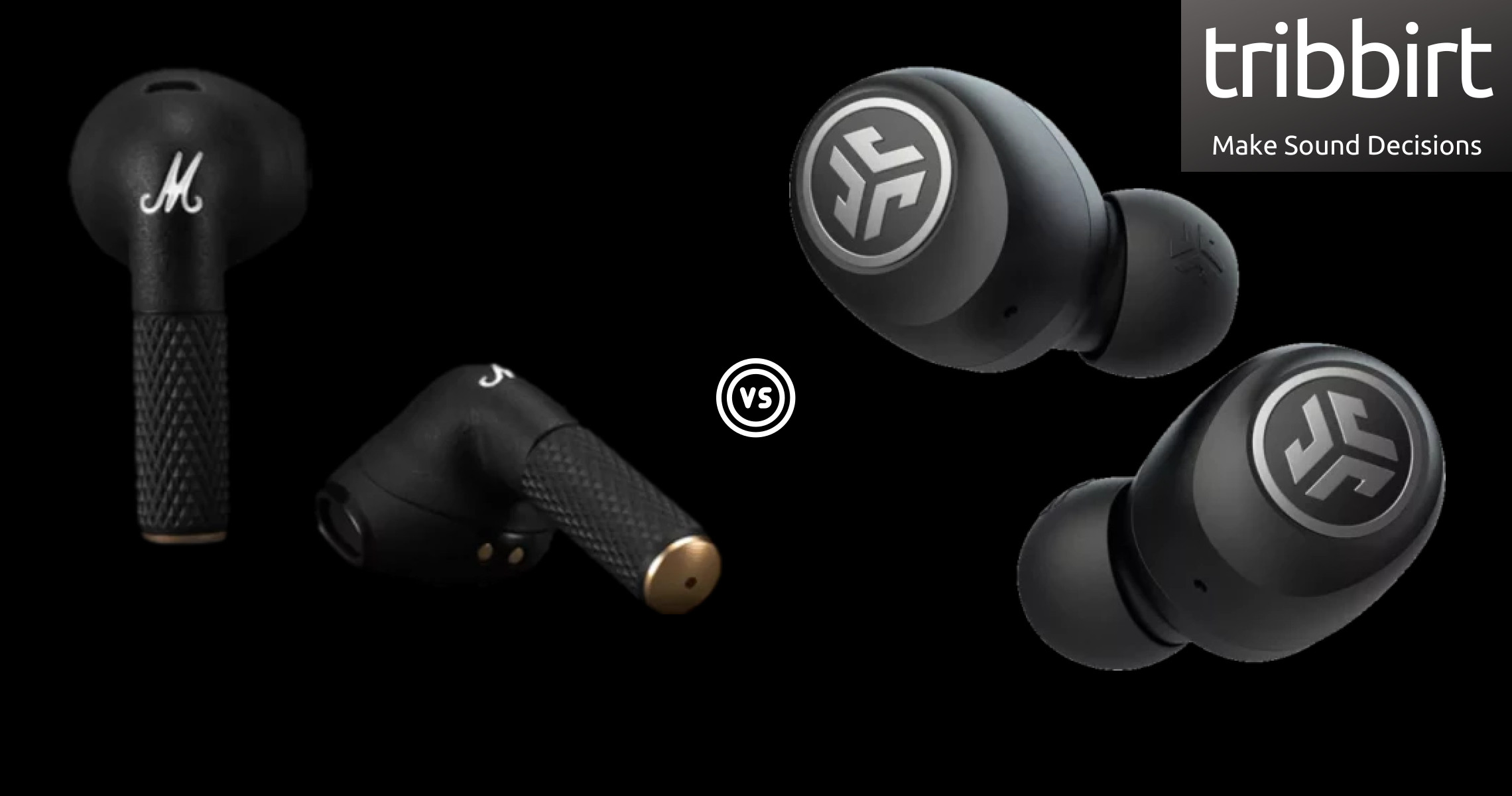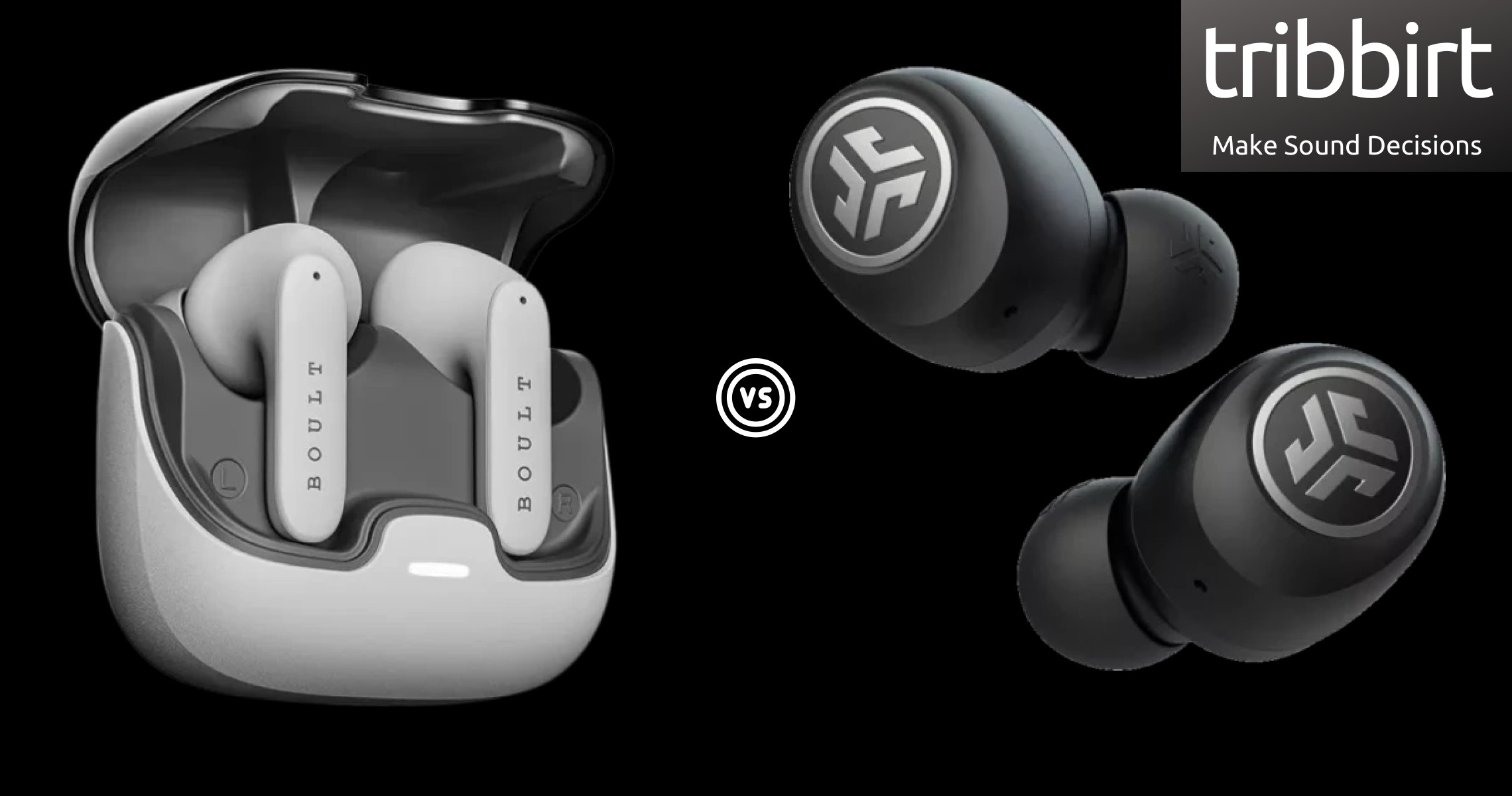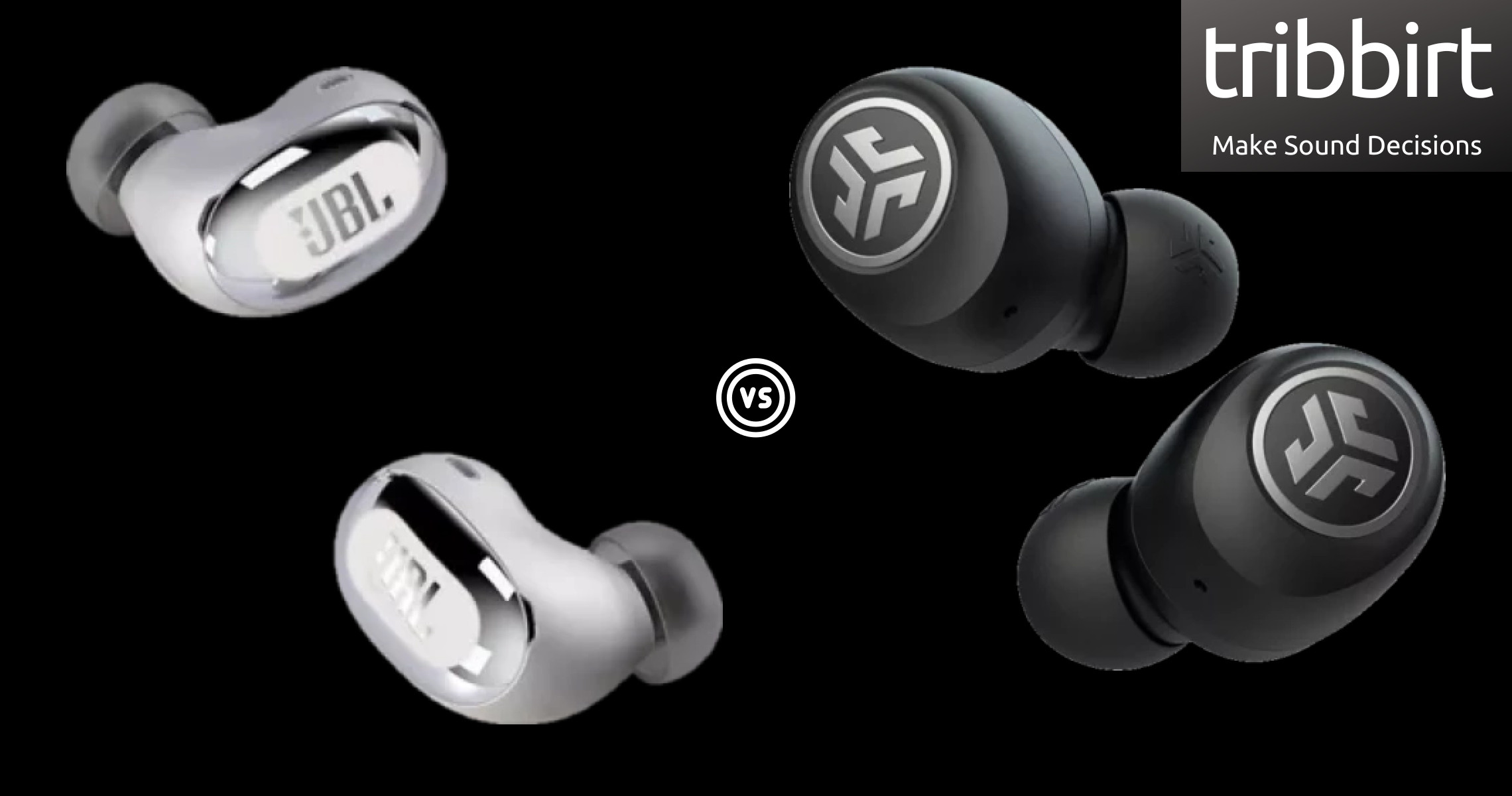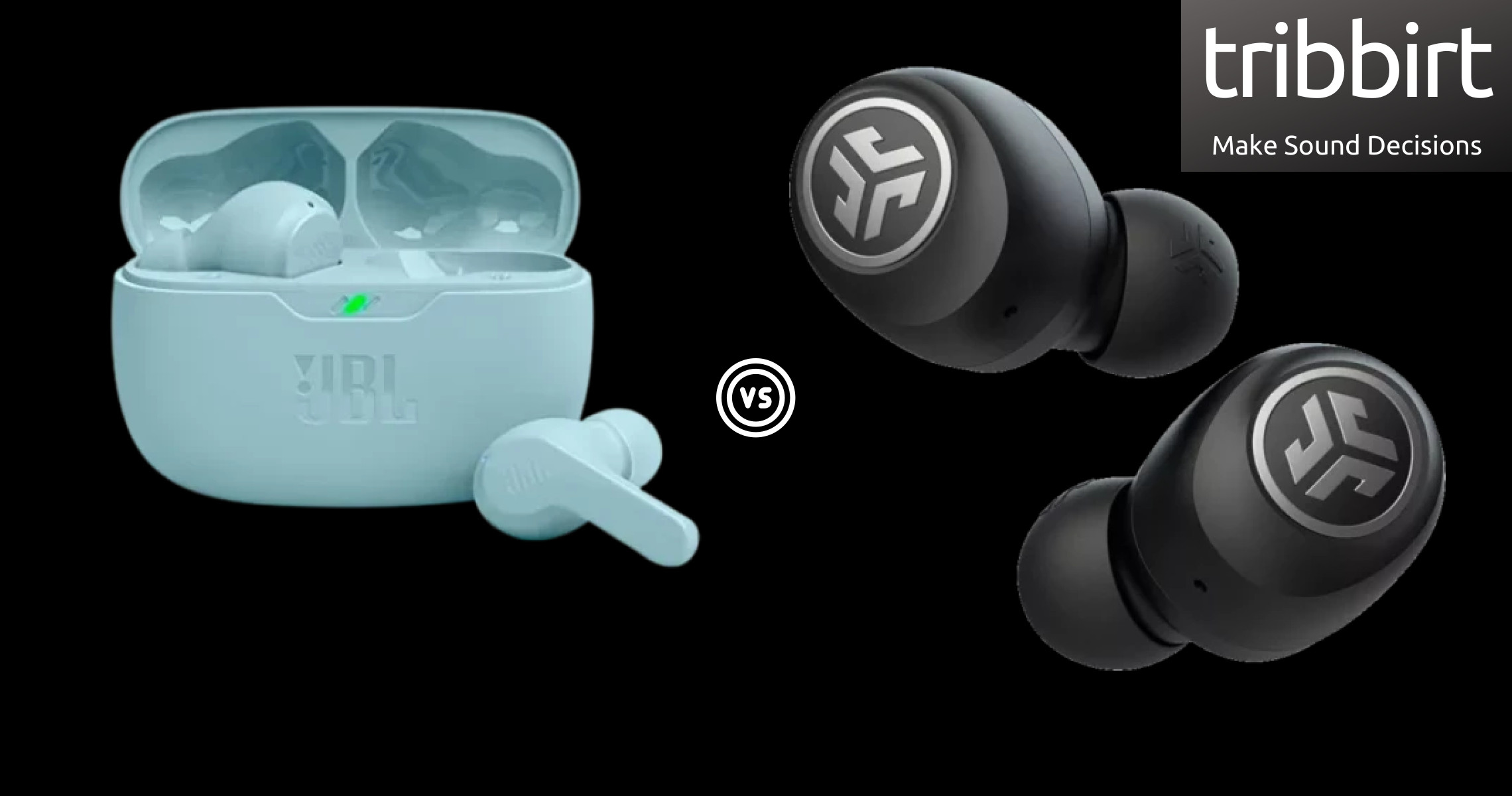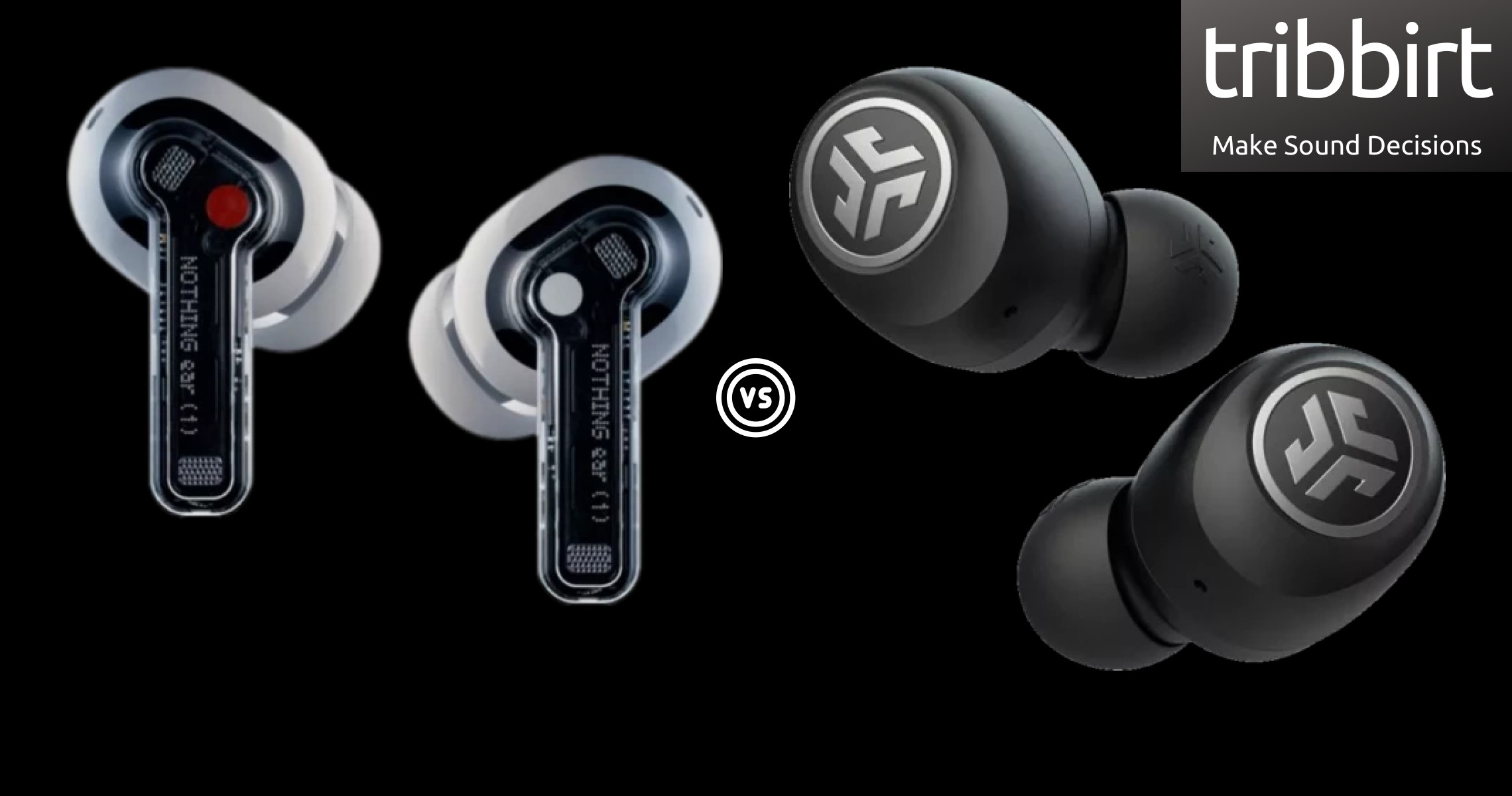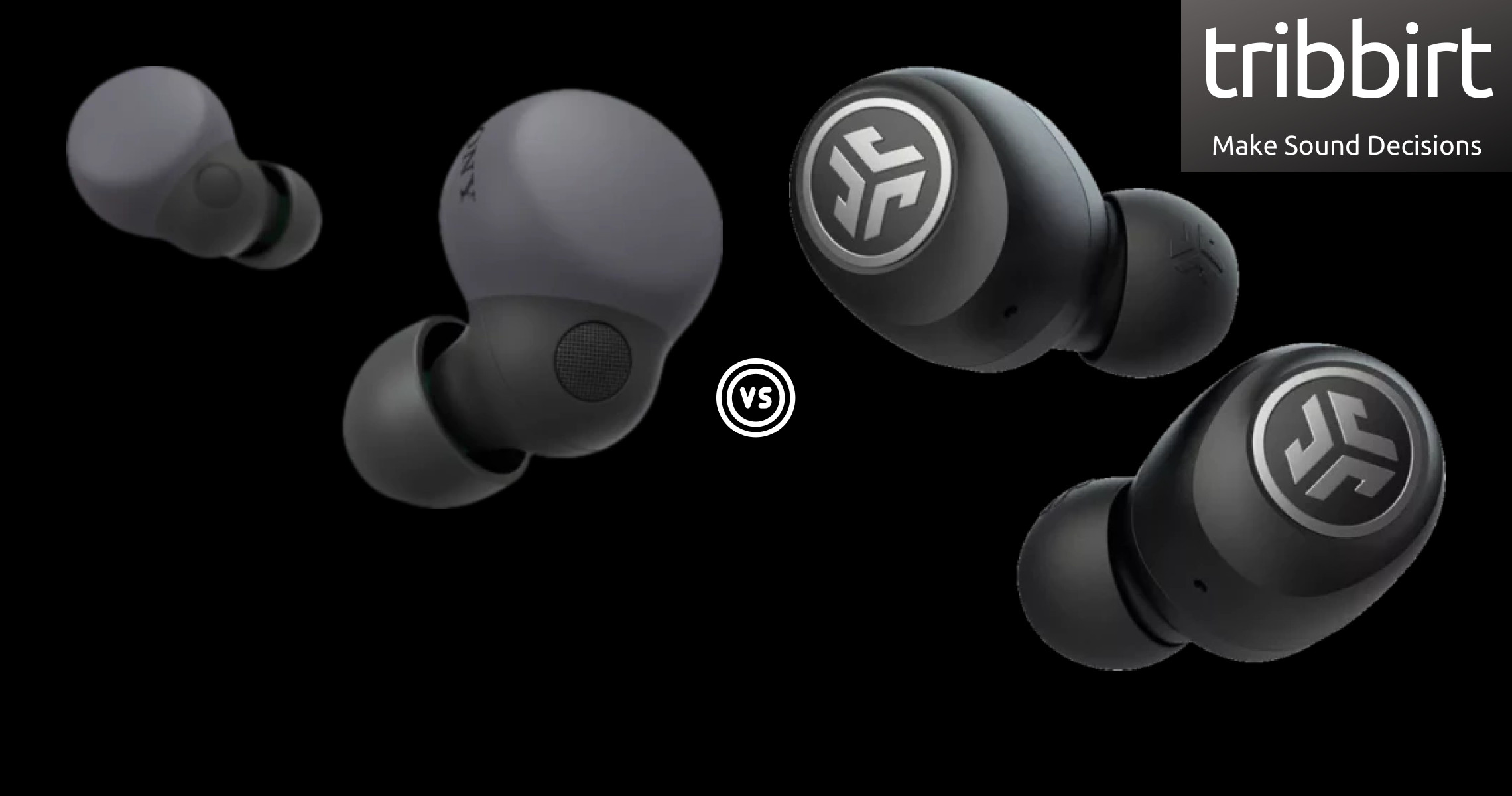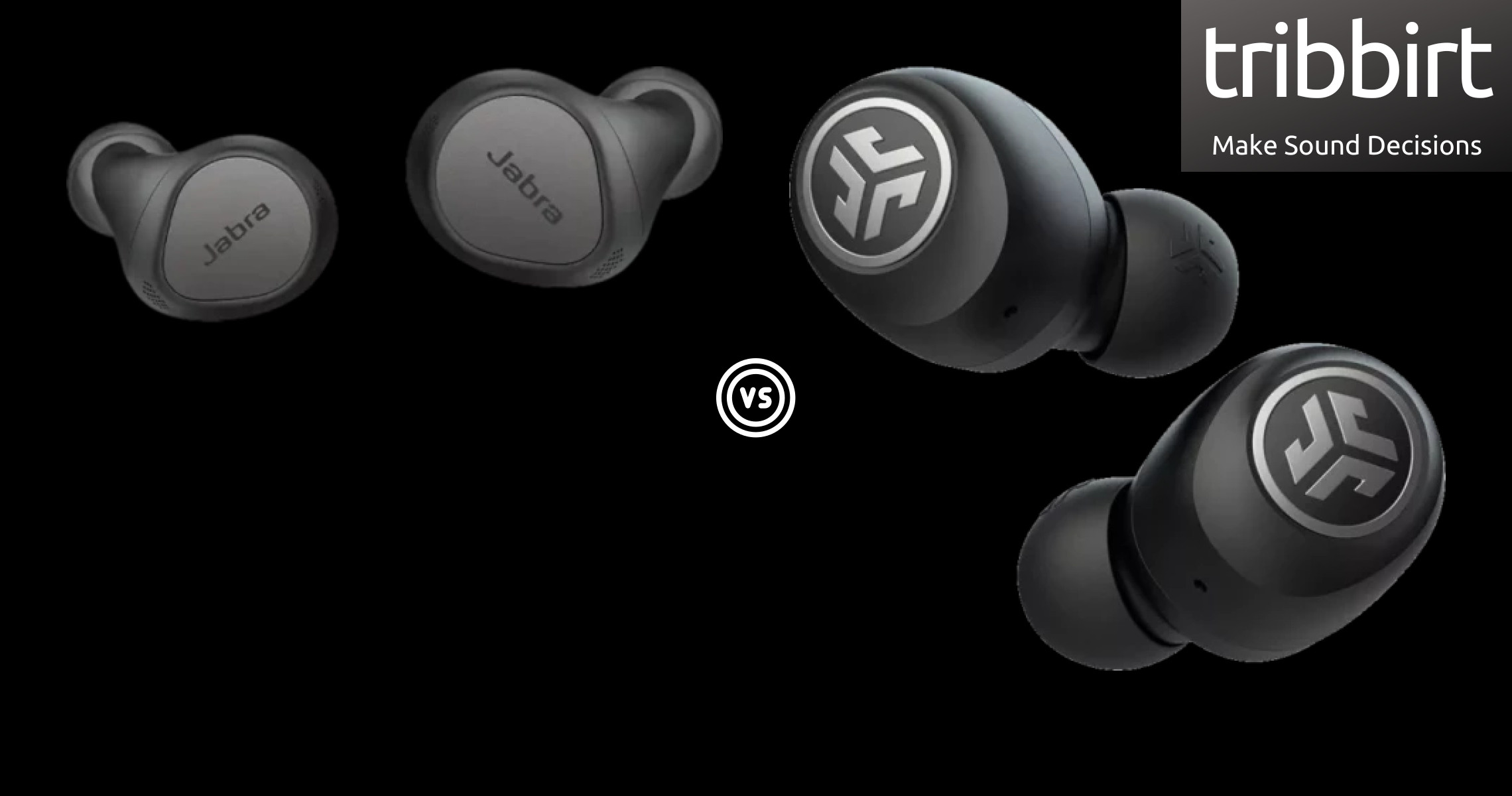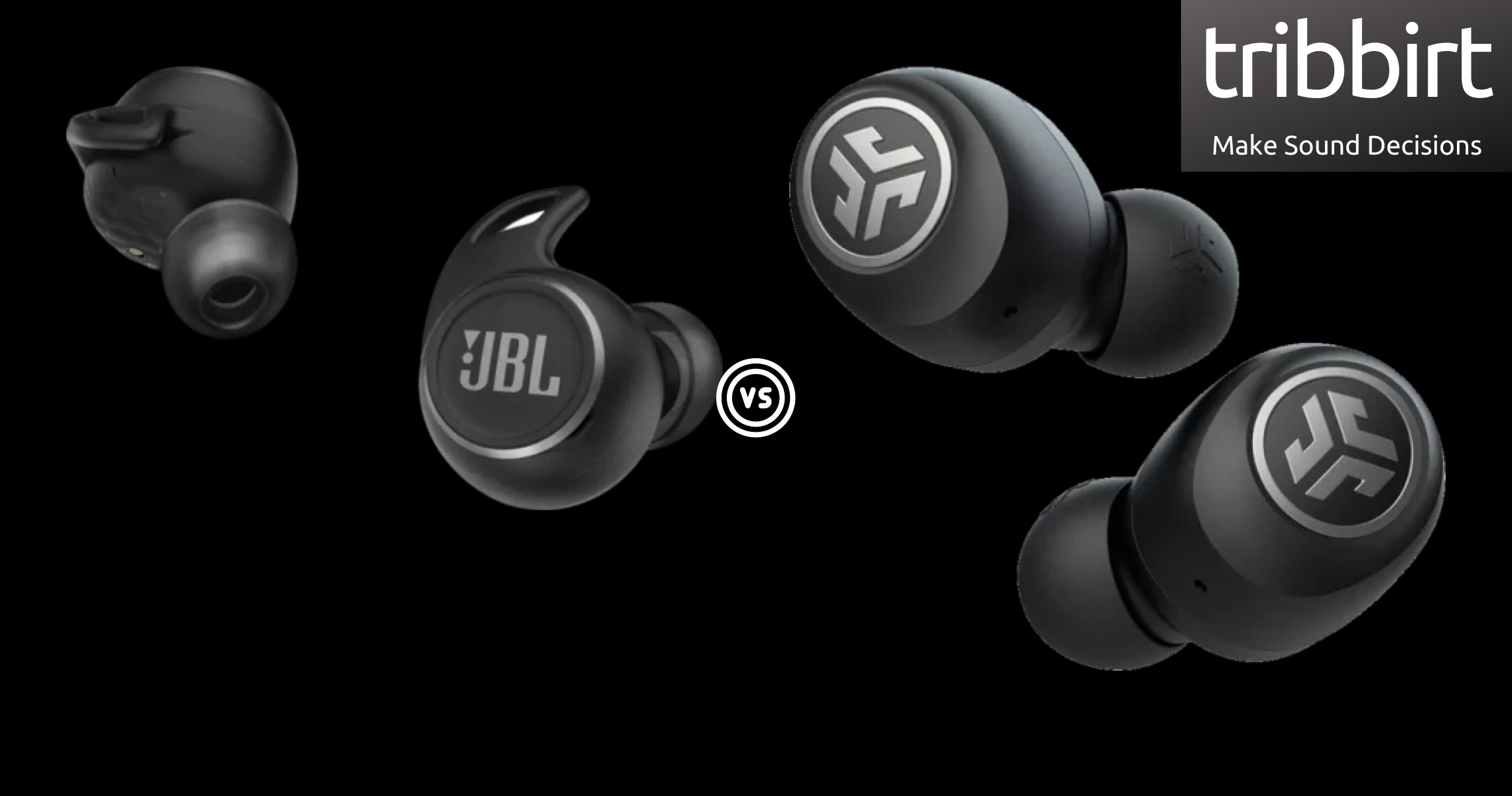Ingress protection ratings is the rating of protection given by an enclosure, against solids and water. In the format of IPXX, 'X' represents a number The first value of the IP rating represents protection against solids say dust, followed by the one that refers to resistance against liquids (sweat).
Having a value of IP44, the JLab Go Air's rating for solids indicates that they are protected against objects greater than 1.0mm such as wire, and the second number of 4 means that they can withstand low pressure spray similar to that of a shower head when tilted at 180° for 10 minutes. In comparison to the JLab Go Air, Bose QuietComfort Earbuds 2 have a rating of IPX4 meaning that
no data available to specify a protection rating
and that of liquids is that,
they both have the same rating against liquids
The JLab Go Air have a weight of 10g . We take in account a lower weight better for the reason that lighter devices are easier to move with.
The Bose QuietComfort Earbuds 2, at 12.5g
weigh more than the JLab Go Air by of 2.5g
For a device to be true wireless it must have no wires linking any part of the device together, JLab Go Air are true wireless for this case since they don't have wires. This is a major difference since wireless earbuds have cables connecting the two earbuds together. Bose QuietComfort Earbuds 2 also is true wireless since it doesn't have wires linking the 2 earbuds together.
JLab Go Air are resistant to sweat
Bose QuietComfort Earbuds 2's resistance to sweat makes both devices fit for use during long-distance running, marathons, cardio sweat workouts , etc
JLab Go Air have stereo speakers, devices with stereo speakers deliver sound from independent channels on both left and right sides, creating a richer sound and a better listening experience. Both Bose QuietComfort Earbuds 2 and JLab Go Air have stereo speakers
JLab Go Air sit tightly in place, creating a sound covering that reduces your environment sounds while preventing the device sound from leaking out at the same. Both Bose QuietComfort Earbuds 2, and JLab Go Air have passive noise reduction which implies that they tone down ambient noise without using ANC to cancel it out.
The JLab Go Air driver unit is 8mm in diameter, the bigger the unit the more powerful, and can produce better bass. The driver unit is basically a mini speaker that makes sound in the device, its size determines the loudness of the earbuds. Bose QuietComfort Earbuds 2 driver unit is 9.3mm in diameter,
making them have a larger driver unit than that of JLab Go Air by 1.3mm
, a common assumption that driver units of a bigger size automatically produce better sound quality.
However, large drivers usually have difficulty producing high frequencies so yeah, larger drivers can generate louder sound, but this does not mean that they produce better quality sound. The JLab Go Air's lowest frequency is at 20Hz, low-frequency response measures if and how well a particular audio component generates low frequencies that can be heard, and if it alters the signal on its way through. Bose QuietComfort Earbuds 2's lowest frequency is at 20Hz, this implies that
both devices produce equal bass
The JLab Go Air's highest frequency is at 20,000Hz, high-frequency response shows how well a particular audio device makes high recognizable frequencies and if it adjustments to the signal on its way through.
Bose QuietComfort Earbuds 2's highest frequency is at 20,000Hz, this means that
both devices can produce equal treble
SPL, is the pressure level of sound, measured in decibels, dB, JLab Go Air's measurement is 103dB/mW. Devices with a higher sound pressure level are generally louder when supplied with any given audio source. JLab Go Air's battery life is 5 hours, these last less than 5 hours of listening which is considered average before recharge.
A device's battery life is usually given by the manufacturer, and with more battery hours, you get to use it for longer and have to charge the device less often. Bose QuietComfort Earbuds 2's battery life is
more than that of JLab Go Air by 1 hours
. Each time you recharge your earbuds, they get a little less playing time. The effect is barely noticeable at first, but over time, your wireless earbuds will have shorter listening time.
This is given by the vendor, and the JLab Go Air's case has a charge of 15 hours. A charging case with a longer battery life enables you to recharge your earbuds on the go multiple times before recharging the case itself. Bose QuietComfort Earbuds 2's charging case has a battery life of 18 hours,
more than that of JLab Go Air by 3 hours
It requires 1.5 hours to fully charge the JLab Go Air's battery.
It is recommended to charge fully the battery before using the earbuds when they have been unused for extended periods. Bose QuietComfort Earbuds 2 takes 2 hours to fully charge the battery,
more than that of JLab Go Air by 0.5 hours
The JLab Go Air have a battery level indicator, an indicator notifies you when the earbuds has a low battery. The battery indicator lights show the charging status of your device and case.
Bose QuietComfort Earbuds 2 too have a battery level indicator, charging indicators allow you tell the charging state of your earbuds, if charged fully, or the battery is running low. The JLab Go Air have Bluetooth version of 5, Bluetooth is a wireless technology standard that allows data transfers between devices placed in close proximity, using short-wavelength, ultra-high frequency radio waves. Bose QuietComfort Earbuds 2 has a Bluetooth version of 5.3,
newer than that of JLab Go Air
. Newer versions provide faster data transfers.
The JLab Go Air have a 10meters distance connecting via Bluetooth. Bose QuietComfort Earbuds 2 have a maximum range of 10meters,
equal to that of the JLab Go Air
The JLab Go Air have 2 microphones. While the Bose QuietComfort Earbuds 2 microphones are 8,
more than that of JLab Go Air by 6
. More microphones record better sound quality and help the device to filter out noise.
JLab Go Air microphone sensitivity is measured at -38dBV/Pa. The magnitude of the analog or digital output signal from the microphone with its input stimulus is a calculation of its sensitivity. It's the 'loudness' of the voice that the microphone can pick up.
The JLab Go Air, so you can easily access the volume control, pause, play, mute, etc whichever functions are supported on the earbuds. The Bose QuietComfort Earbuds 2 too have a control panel on them. JLab Go Air have a warranty period of 2 Years, the period of time that warrant free repair and adjustment services in case of a malfunction occurring under normal use following instruction manuals.
JLab Go Air have voice prompts. Automatically receive information via audio messages, like if there is an issue with the connection. Bose QuietComfort Earbuds 2 also support voice prompts .i.e the device will notify you when the battery is running low, and you need to recharge them.
